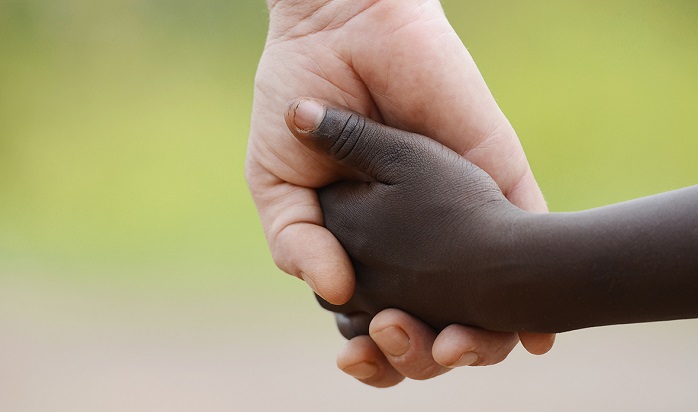
This is Part 2 of a three-part series
Read Part 1.
“Help! I need somebody! Help! Not just anybody. Help!” – The Beatles
When a cry for help begs a response, how do we assure that productive help, not just good intention, actually happens?
When faced with failure, what does a responder do? As an expert/advisor, you have a choice: correct the specific failure or strengthen the system (Taylor, Just and Lasting Change). To make this decision, it is critical to discern: is this an event-induced “disaster” – Ebola, Tsunami, Hurricane – or is it a chronic, systematic, or lifestyle-induced failure? In medicine, the difference is how a physician treats a patient with emergency trauma vs a patient with a chronic disease. The global relief vs development challenge has a healthcare leadership parallel: rescue or strengthen.
Why does it matter?
Diagnosis before treatment. This sounds simple, but when immediate relief is needed, the help reflex to correct or fix seems obvious. Yet, the best intended responses vary greatly in their effectiveness. Because often what helps in relief now, hinders development later – having the opposite of the intended effect. When dysfunction occurs, the temptation to intervene with mandated action may be warranted, but it can also compromise an organization’s culture or a community’s ability to evolve. This is a core dynamic of social change if local energies are to be harnessed. Read Full Article.
Connect with us on LinkedIn, join our Active Network Program and look at the other areas of connection we offer.

